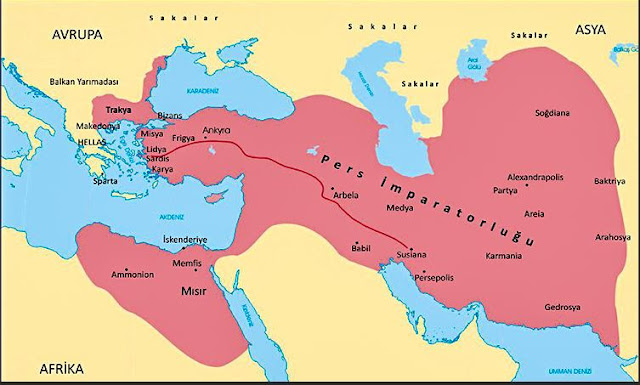8 Ekim Salı günü Hırvatistan- Centre for Underwater Archaeology in
Zadar'dan Mledan Pesic, Hırvatistan Osijek'de kalıntıları bulunan
Kanuni Köprüsünün restorasyonu ile ilgili bir sunum yapacak. TİNA
Vakfı ve İstanbul Üniversitesi evsahipliğindeki sunuma iliskin
bilgiler ektedir. Mleden Pesic sualtı arkeolojisi konusunda yıllardır
calısmaları olan degerli bir bilim adamıdır. Bu sunuma katılmanızı
kuvvetle öneririm.
HIRVATİSTAN OSIJEK’DEKİ KANUNİ SULTAN SÜLEYMAN KÖPRÜSÜ
KALINTILARI ve RESTORASYON ÇALIŞMALARI SUNUMU
MLEDAN PESIC
Kanuni Sultan Süleyman’ın emriyle 16. ve 17.yy’da Budin Eyaletinin Osmanlı Sancağı olan
Osijek’de yapılan tahta köprünün kalıntıları 2008 senesinde bulundu.
Mimar Sinan’ın eseri olan ve döneminde Dünya’nın 8. Harikası olarak nitelenen köprü, Drava
nehri üzerinde, Osijek’le Darda’yı birbirine bağlıyordu.
Köprünün restorasyon çalışmalarını yürüten International Centre for Underwater Archaeology in
Zadar’dan Mledan Pesic kalıntılar ve restorasyon çalışmaları ile ilgili bir sunum yapmak üzere
8 Ekim tarihinde İstanbul’a geliyor.
Tina Türkiye Sualtı Arkeolojisi Vakfı ve İstanbul Üniversitesi Taşınabilir Kültür Varlıklarını Koruma
Tarih : 8 Ekim 2013 Salı
Saat : 16:30
Yer : Koç Üniversitesi Anadolu Medeniyetleri Araştırma Merkezi, İstiklal Cad. No: 181 Beyoğlu
LCV : Sanem Yükselsoy Tekcan syukselsoy@ku.edu.tr - 0212 393 61 30 – 0532 2753313
Not : Toplantı katılımcıları için aynı gün İstanbul Üniversitesi Yenikapı Batıkları Projesi
Laboratuvarı’na gezi yapılacaktır.
The wooden bridge from Ottoman times over the wetland between Osijek and Darda
During May 2008, while the workers of the local authorities of Darda were cleaning the fish-pond near
the baroque castle Esterhazy, the wooden piles were taken out together with the sediment. It has been
established that they are supposed to be a part of a bigger wooden construction. According to data from
historical sources one may be talking about the famous Suleiman Bridge connecting Osijek and Darda, built
in 1566 and demolished in 1686. The bridge was built by the orders of Suleiman the Magnificent and was
constructed over the river Drava of joined boats, while it was a construction of the piles tiled with wood
over the marshland. The main reason for its construction was the need of the big Ottoman Army to cross
over on their way to conquer Szeged.
In the course of underwater archaeological research the team divers found more than 120 wooden piles
at the bottom of the fish-pond, most of which are in situ, while a fewer number, visible at the bottom,
has been moved during dredging or widening of the fish-pond. After the comparison with 17 th and 18 th
century maps, which prove the existence of the mentioned bridge, it has been established that direction
of the bridge on maps corresponds to the position of the Suleiman Bridge. The radiocarbon analysis has
confirmed that the wood originates from the period between 1440 and 1650, which generally corresponds
to the period of building the Suleiman bridge.
ARKEOLOJİ.BİZ
ARKEOLOJİ İLE İLGİLİ HER ŞEY...











Savaşın kötü yüzü hep karşımıza çıkıyor. İnsanların katlediği bu coğrafyada tarih eserler yok olmuş. Savaşın bitmesi gerek ama biz insanlar kötüyüz kötünün yanında.
YanıtlaSilkaynak?
YanıtlaSilRETORİKA İLE İLGİLİ DİĞER YAZILARI VE BU YAZININ DEVAMINI OKUMAK İÇİN TIKLAYIN; bağlantısı çalışmıyor bilgilerinize.
YanıtlaSil